![]()
Light Lens Lab (LLL) has released a re-creation of Leica’s first generation 28mm f2.8 Elmarit lens introduced in 1965. The Leica lens has become a collector’s item known as the 28mm 9 Element. It contains nine spherical surfaced lenses in six groups and the fast f2.8 aperture was a significant improvement from the Summaron f5.6 lens that preceded it. If you can find an original Leica 28mm 9 Element (V1) lens on eBay, prices range from $8,000 to more than $15,000.
The 2.8mm maximum aperture was a big breakthrough for Leica in 1965. Previous Leica designs had maximum apertures of f6.3 and f5.6. The wide aperture and symmetrical lens design by Leica increased the size significantly compared to its predecessors. The back focus was also very short causing the rear element of the lens to protrude deep into the camera. The lens could not be used with the Leica M5 or CL cameras due to their articulated meter and the meter arm could not function behind the deep rear element of the lens.
Many photographers prefer Leica’s older spherical design lenses that exhibit lower contrast at their maximum apertures. Stopping down the aperture increases contrast and resolution while decreasing vignetting. For many photographers, the appeal is like getting two lenses in one: a character lens when shot wide open and a more modern look when the aperture is closed two to three f-stops.
Leica’s 28mm M Lens Design History
Leica produced six different spherical 28mm M lenses from 1935 to 1992 and again in 2016. Later designs incorporated aspherical lenses enabling smaller lenses with improved optical performance.
![]()
So, why did Light Lens Lab recreate this Leica lens? It’s a rare lens with a unique optical design and imaging style with only 3,200 produced. Light Lens Lab’s business model is different from most other independent lens companies. They analyze older and rarer Leica lenses and recreate them using modern manufacturing technology and materials. Purchasing a new lens alleviates potential problems associated with a 50-plus-year-old lens for the user:
- Is there fungus on the lens elements?
- Have the lens coatings become hazy?
- Are the front or rear lenses scratched from aggressive cleaning?
- Does the lens focus smoothly?
- Is there a lens shade available for the lens?
- Do the aperture blades work and are they free from oil?
- If the lens needs adjustment and repair, are parts available?
I was able to gain some insights from questions posed to Mr. Zhou at LLL in Shangrao, China through the company’s North American representative, David Yu-Heng Chen. In their expanding portfolio of lenses, this is their first 28mm lens. Testing Leica’s original 28mm nine-element lens showed significant distortion at f/2.8 along with color fringing with digital sensors.
Keep in mind, that the original lens was designed for analog film in 1965. LLL decided to retain the exterior design aesthetic of the lens while optimizing the original rendering characteristics of the nine-element/six-group symmetrical design. New proprietary fluorite-like elements were developed along with an extra-low dispersion (ED) glass element (sixth inner element) to reduce chromatic aberrations.
These changes provide improved contrast transfer function, especially in the periphery of images. Interestingly, the central image showed minimal distortion and did not need imaging improvements. The original out-of-focus light spots (bokeh) were triangular. The lens improvements now show circular bokeh characteristics. The original Leica lens body was made of aluminum. This new lens body is made of brass which makes it a little heavier. The dedicated lens hood is made from aluminum.
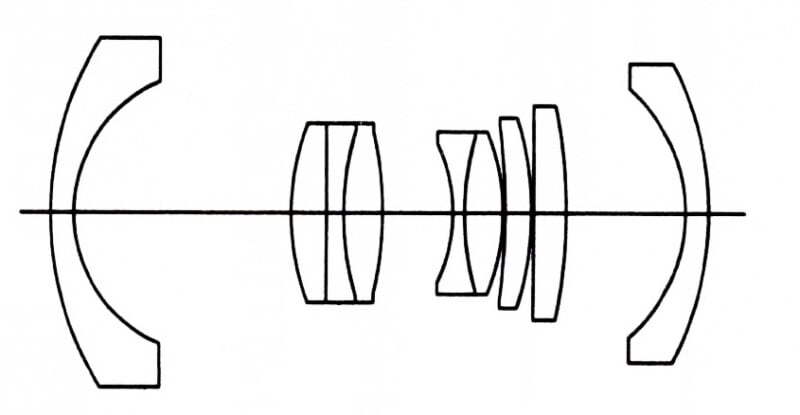 LLL 28mm/2.8 9 Element
LLL 28mm/2.8 9 Element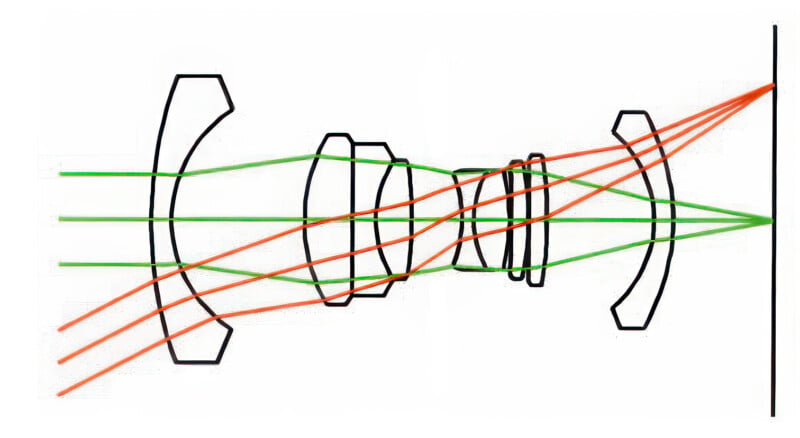 Leica 28mm/2.8 9 Element
Leica 28mm/2.8 9 Element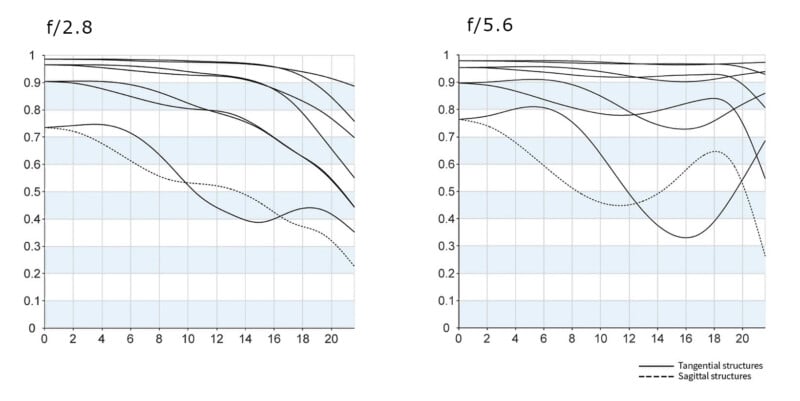 Source: Light Lens Lab, 2024
Source: Light Lens Lab, 2024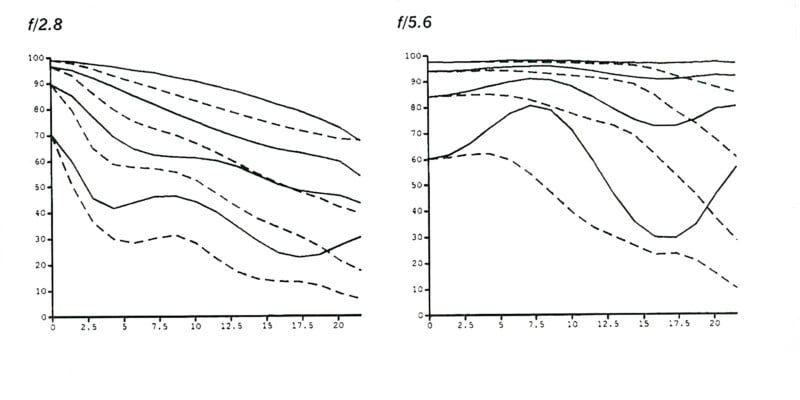 Source: Erwin Puts Leica Compendium 3rd Edition, 2011
Source: Erwin Puts Leica Compendium 3rd Edition, 2011The updated design permits digital M camera meters to function normally. Not owning an original Leica 28mm 9E lens, it is impossible for me to compare imaging differences. The lens schematic is similar but different from the original Leica 28mm design. MTF graphs do exist for the original design. The Light Lens Labs design shows improved imaging performance in the periphery.
Light Lens Lab 28/2.8 9 Element: In Use
The lens I evaluated was number 488 of 998 and it was provided by Tony Rose at PopFlash.com who distributes Light Lens Labs lenses in the US. The lens build quality is excellent: the focus is smooth and the aperture ring has just the right amount of tension from f/2.8 to f/22 in half stops.
![]()
The lens has a focus lock at infinity that is easily released by depressing a portion of the curved metal focusing tab. It balances well with an M10 body and accepts 49mm filters. The lens is brass and is available with black paint and chrome finishes. It comes with a leather zippered case, a dedicated lens hood, and front and rear caps. The rear lens cap is deeper than the standard M rear cap to accommodate the optics. The lens was also tested with a LLL multi-coated chrome 49mm filter. Prices for this lens currently range from $898 for chrome and $998 for black paint.
![]()
Just like the original Leica lens shade, it is aligned with a small metal pin on the barrel of the lens. This dedicated aluminum lens shade has two indents used for aligning it on the lens barrel along with spring-loaded clips. With just one alignment pin on the lens, I found the lens shade to have a slight torsional movement when attached. This was not an issue when using the lens shade. It is a significant accessory that will reduce flare and veiling glare with this lens.
Although the 28mm 9E lens was significantly larger than the Summaron lens that preceded it, it is not that much different in size from other 28mm M mount lenses – except the pocketable 28mm Summaron.
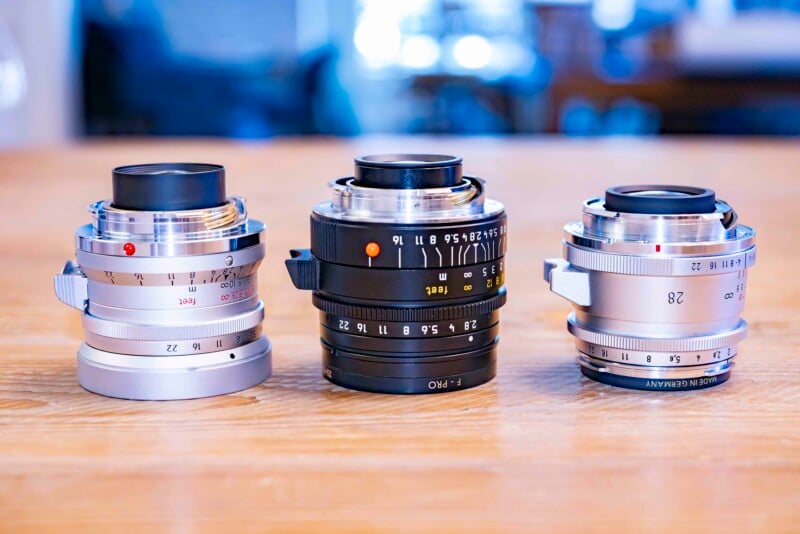 From left to right: LLL 28/2.8 9E, Leica 28/2.8 V4, Voigtlander 28/2
From left to right: LLL 28/2.8 9E, Leica 28/2.8 V4, Voigtlander 28/2It was a pleasure using this 28mm lens. In many instances, modern lens designs with multiple aspheric elements produce images that are sharp and contrasty that look the same as every other photographer using a modern lens. Using the LLL 28mm 9E lens is like stepping back in time to photograph but with the advantages of a lens manufactured with modern technology.
![]()
![]()
I purposely compared images taken with the LLL 28mm 9E and Leica’s 28mm V4 lens as both have f/2.8 as the maximum aperture and consist of spherical lenses. The Leica 28mm V4 is a much newer lens that was introduced in 1992 and is a retro-focus design without aspheric lenses.
![]()
Images taken with the LLL 28mm 9E had a slightly cooler white balance compared to the Leica 28mm V4. However, what was most surprising was the lack of distortion with the LLL 28mm 9E compared to the visible barrel distortion with the Leica 28mm V4 lens. The LLL 28mm 9E lens had approximately two stops of vignetting when used at f/2.8. I actually prefer a little vignetting in my photographs but if you don’t, it’s easy to compensate in Lightroom or other editing programs. You can also create sunstars and flare with this lens if desired. When shooting at f/2.8, there is a smooth transition from focus to out-of-focus areas.
![]()
![]()
The images and colors produced by this lens have a certain character that is different from more modern lens designs. A trip along Skyline Drive and a visit to Thomas Jefferson’s home at Monticello in Virginia was great to explore with this lens.
![]()
![]()
![]()
![]()
Should You Buy It?
The short answer is yes. This lens turned out to be one of my favorite ones to review. It reminded me of images taken with the 2016 Leica Summaron which has a maximum aperture of f/5.6 — except with the LLL 28mm 9E, you get that type of image at f/2.8. Used wide open, it is very sharp centrally with a gentle transition into the periphery.
There are many 28mm lenses you can use with a Leica camera and other mirrorless cameras. Finding an original 59-year-old Leica 28mm 9E in good condition without an astronomical price will be a very difficult task. If you bought one, would you even feel comfortable shooting with it?
If you are looking for a 28mm lens that has a pleasing character when used wide open, the LLL 28mm 9E lens is an excellent choice. Rather than duplicate the optical limitations of a lens introduced in 1965, Light Lens Lab initiated improvements for this classic 28mm 9-element lens. Optical performance is impressive wide open and improves further as you stop down the aperture producing more modern corrected images. If you want your wide-angle images to look different, this lens will deliver.
About the Author: Richard Clompus is a retired optometrist with an interest in optics and photography that spans five decades. Photography experience spans large format film cameras to extensive use of Leica and Canon gear. He has studied photography with Michael A Smith, Mark Cohen, Ralph Gibson, and Mark DePaola.
All photographs in this article were taken by the author. There are no financial interests of any kind with Light Lens Lab and PopFlash Photo. The lens and accessories were returned after three weeks of testing to PopFlash in California.


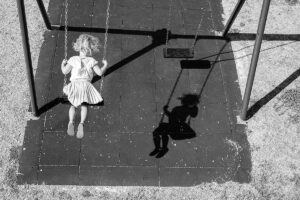


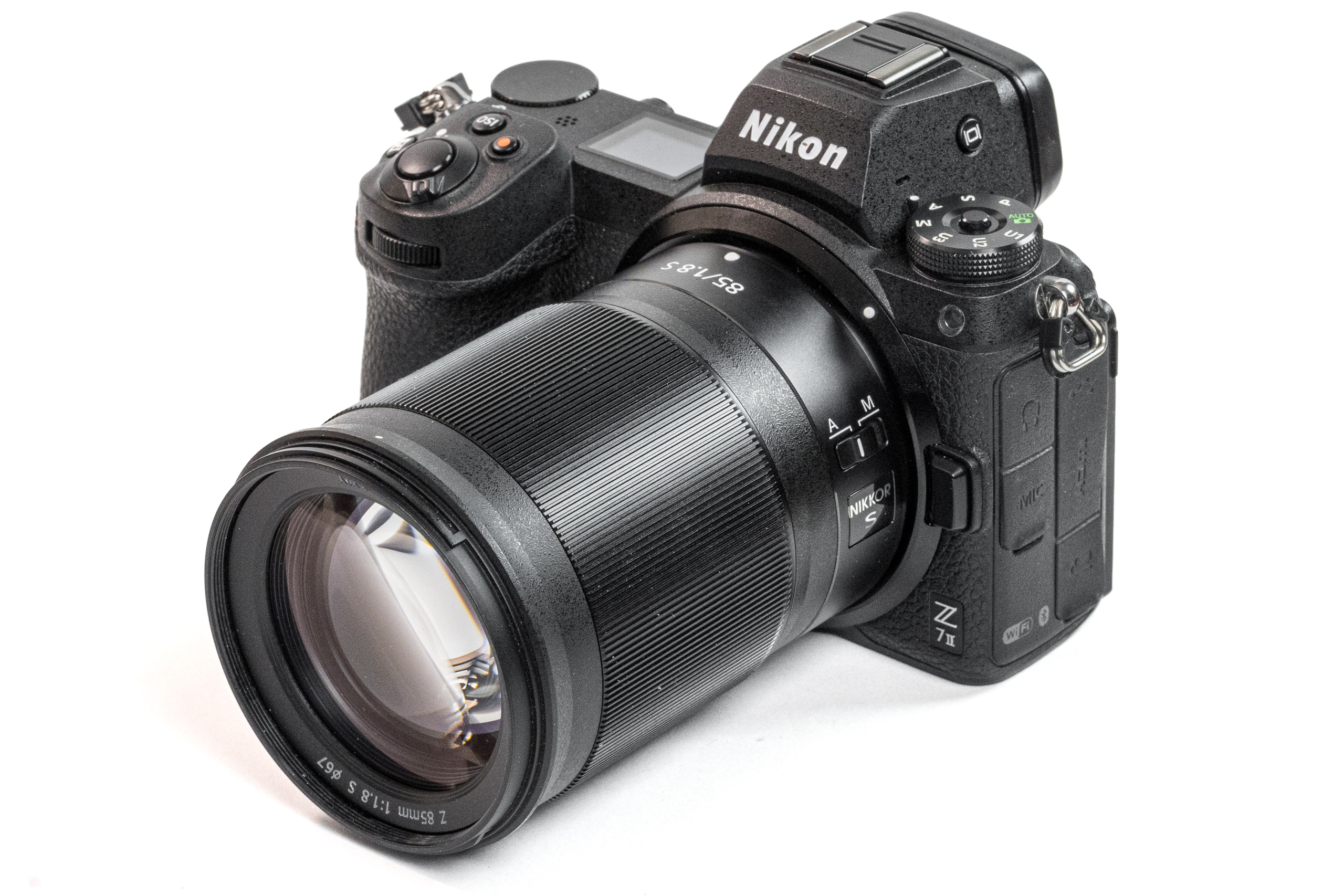

 English (US) ·
English (US) ·